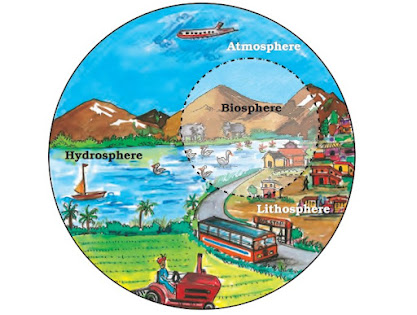Forests
Forests Tropical Evergreen Forests : These forests are also called tropical rainforests. These thick forests occur in the regions near the equator and close to the tropics. These regions are hot and receive heavy rainfall throughout the year. As there is no particular dry season, the trees do not shed their leaves altogether. This is the reason they are called evergreen. The thick canopies of the closely spaced trees do not allow the sunlight to penetrate inside the forest even in the day time. Hardwood trees like rosewood, ebony, mahogany are common here. Tropical Deciduous Forests : Tropical deciduous are the monsoon forests found in the large part of India ,northern Australia and in central America .These regions experience seasonal changes. Trees shed their leaves in the dry season to conserve water. The hardwood trees found in these forests are Sal, teak and neem. Hardwood trees are extremely useful for making furniture, transport and constructional materials. Tigers, lions, eleph...


